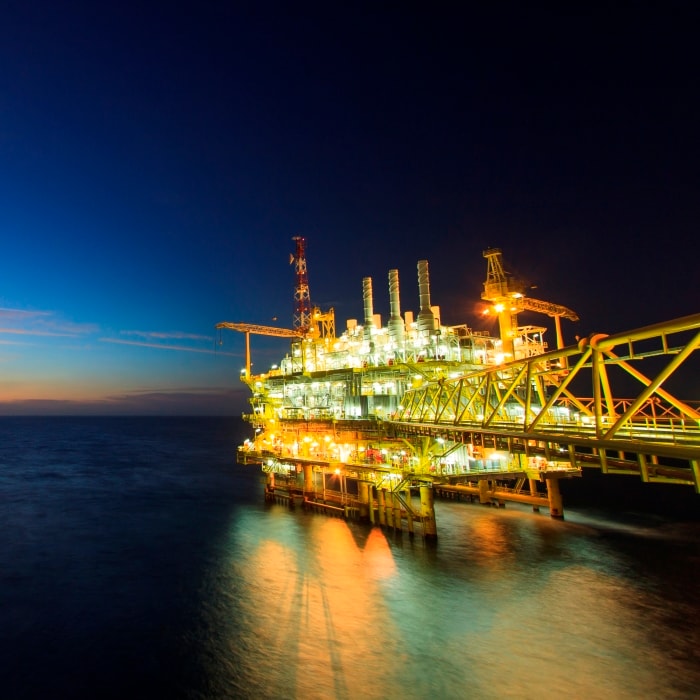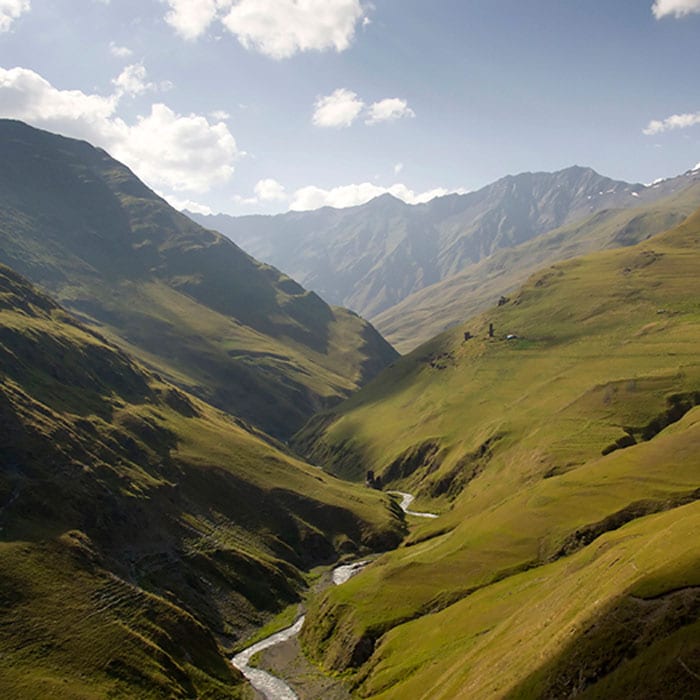Short of capital? has been saved

Analysis
Short of capital?
Risk of underinvestment while oil price is lower for longer
A lower-for-longer oil price environment has taken a toll on the capital spending of exploration and production (E&P) companies. Actual and announced capex cuts have gone below the minimum required levels to offset depletion, let alone meet any expected growth. But, how much does the industry need to spend at a minimum to ensure its long-term sustainability? And, will companies have enough cash flows to fund even these reduced capex levels over the next five years? These are some of the questions and perspectives this report explores.
Explore content
Planning for a resource-constrained future
The crude oil and natural gas industry worldwide has slashed its capital spending by about 50 percent in 2015 and 2016, risking future availability of supplies. In 2015, conventional discoveries of oil and gas outside North America were reported to have dropped to the lowest levels since 1952. This lower-for-longer price environment will challenge E&P companies to achieve full reserve replacement, especially considering capex is not their only priority.
Because of capex reduction, or underinvestment, the industry would quickly dip into its existing non-OPEC, convenient resources. While this strategy would help sustain production without over-burdening cash flows in the near term, it is going to leave high-cost and/or riskier barrels for the future. Although technology and innovation may again come to the rescue of the industry, the key is to manage capital and tailor business models to the new normal of lower for longer.
At a minimum, E&P capex of $3 trillion is needed during 2016–2020
Although oil prices have recovered to about $50/bbl, the industry's capex cycle will take time to stabilize and recover in this lower-for-longer price environment. Even with a weak demand and reduced costs outlook, we estimate the global upstream industry will need to invest a minimum of about $3 trillion (ex-MENA capex of $2.7 trillion, real 2015 dollars) during 2016–2020 to ensure its long-term sustainability.
At a commodity level, natural gas will likely need more investments than oil due to large exploitation of reserves in the past, a switch in investment from gas to oil, and large unmet demand potentially, particularly in Asia Pacific. Prioritization of development over exploration in the past 10 years and the resulting fall in the discoveries of new resources call for an increase in exploration spend share to about 20 percent by 2020.

Global upstream capex by fuel and spend (low case, $3 trillion, 2016–2020)
To view the entire graph, click the expand button.
Global upstream industry faces a $2 trillion funding gap over five years
Investing more than $3 trillion is not the only challenge. E&P companies also have to shore up balance sheets, service upcoming debt maturities, and maintain the already reduced dividend payouts. Over the next five years, about $590 billion of the industry’s debt is maturing, and shareholders will expect about $600 billion in already reduced payouts. This takes up total cash-flow obligations of integrated oil companies (IOCs), listed national oil companies (NOCs), and independent E&P companies to more than $4 trillion from 2016 to 2020.
On the other hand, the industry’s estimated cash inflows at an average oil price of $55/bbl would only be $2 trillion, leaving an equivalent funding gap. Capex alone on a standalone basis has a minimum gap of about $750 billion if no debt repayments or investor payouts occur. Correcting balance sheets and maintaining the already reduced payouts will most likely be a top priority, leaving far less cash available for capex over the next five years.

Cash inflows vs. outflows of the industry (listed E&Ps, IOCs, NOCs; 2016–2020)
To view the entire graph, click the expand button.
Deloitte's capital trail series
This report is part of our ongoing capital trail report series, assessing the impact of the crude downturn on the oil and gas industry and exploring changes in companies’ capital strategies and business models.
View past reports from the Deloitte Oil & Gas capital trail series:
- The crude downturn for exploration and production companies: One situation, diverse response
- Following the capital trail in oil and gas: Navigating the new environment

Recommendations
LNG industry trends
Deloitte’s four-part series on LNG
Oil, Gas & Chemicals
Learn more about our practice



